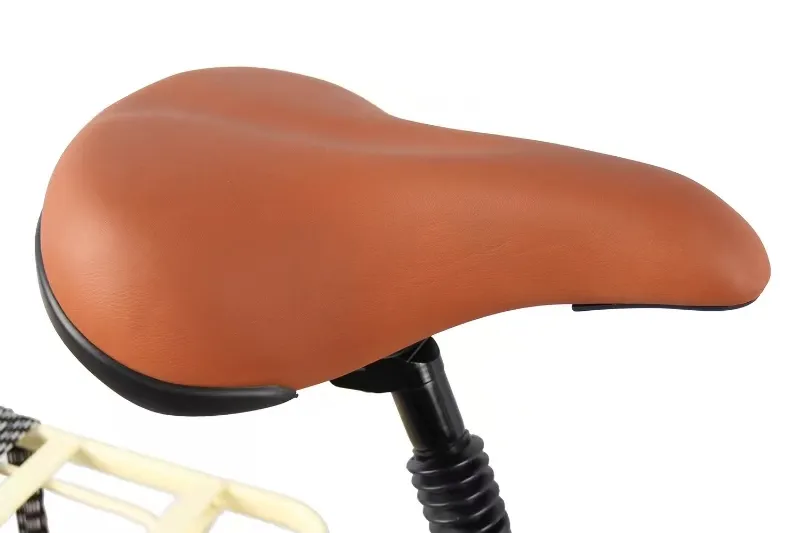
- Afrikaans
- Albanian
- Amharic
- Arabic
- Armenian
- Azerbaijani
- Basque
- Belarusian
- Bengali
- Bosnian
- Bulgarian
- Catalan
- Cebuano
- Corsican
- Croatian
- Czech
- Danish
- Dutch
- English
- Esperanto
- Estonian
- Finnish
- French
- Frisian
- Galician
- Georgian
- German
- Greek
- Gujarati
- Haitian Creole
- hausa
- hawaiian
- Hebrew
- Hindi
- Miao
- Hungarian
- Icelandic
- igbo
- Indonesian
- irish
- Italian
- Japanese
- Javanese
- Kannada
- kazakh
- Khmer
- Rwandese
- Korean
- Kurdish
- Kyrgyz
- Lao
- Latin
- Latvian
- Lithuanian
- Luxembourgish
- Macedonian
- Malgashi
- Malay
- Malayalam
- Maltese
- Maori
- Marathi
- Mongolian
- Myanmar
- Nepali
- Norwegian
- Norwegian
- Occitan
- Pashto
- Persian
- Polish
- Portuguese
- Punjabi
- Romanian
- Russian
- Samoan
- Scottish Gaelic
- Serbian
- Sesotho
- Shona
- Sindhi
- Sinhala
- Slovak
- Slovenian
- Somali
- Spanish
- Sundanese
- Swahili
- Swedish
- Tagalog
- Tajik
- Tamil
- Tatar
- Telugu
- Thai
- Turkish
- Turkmen
- Ukrainian
- Urdu
- Uighur
- Uzbek
- Vietnamese
- Welsh
- Bantu
- Yiddish
- Yoruba
- Zulu
Aug . 01, 2024 10:41 Back to list
Steps to Properly Adjust the Front Derailleur on Your Shimano Mountain Bike for Optimal Performance
How to Adjust Front Derailleur on a Shimano Mountain Bike
When it comes to mountain biking, having a well-adjusted front derailleur is vital for seamless shifting and optimal performance. A poorly adjusted front derailleur can lead to frustrating gear changes and even damage the bike’s components. Whether you're a seasoned rider or just starting out, understanding how to properly adjust your Shimano front derailleur can enhance your riding experience. Here’s a step-by-step guide to help you through the adjustment process.
Tools You Will Need Before you get started, make sure you have the following tools handy - A Phillips screwdriver - An Allen wrench (usually 5mm or 6mm, depending on your bike) - A pair of pliers - A clean cloth - Bike lubricating oil (optional)
Step 1 Prepare Your Bike First, make sure your bike is clean and in a comfortable working position. Use a repair stand if possible, which will elevate the bike and give you better access to the front derailleur. Shift to the smallest chainring and the smallest rear cog. This position relieves tension on the derailleur and helps you make more accurate adjustments.
Step 2 Inspect the Front Derailleur Examine the front derailleur for any signs of damage or excessive wear. Ensure that it moves freely without any obstructions. If it’s stuck, you may need to clean it with a cloth and some degreaser. Pay attention to the cable housing as well; it should be intact without bends or breaks.
Step 3 Check Derailleur Height The front derailleur should be positioned correctly above the chainring. Generally, the outer cage plate should be 1-3mm above the largest chainring. If it’s too high or too low, use the Allen wrench to loosen the clamp bolt and adjust the derailleur accordingly. After adjusting, tighten the bolt securely.
how to adjust front derailleur shimano mountain bike

Step 4 Adjust the Limit Screws The front derailleur has two limit screws marked as “H” (high) and “L” (low). The “H” screw controls the derailleur's movement towards the smallest chainring, while the “L” screw controls movement towards the largest chainring.
1. Adjust the High Limit Screw Shift the chain to the smallest chainring and the largest rear cog. The derailleur should guide the chain smoothly without rubbing against the cage. If the chain rubs, turn the “H” screw counterclockwise to move the derailleur further away.
2. Adjust the Low Limit Screw Shift to the largest chainring and smallest rear cog. Repeat the process, adjusting the “L” screw so that the chain can shift onto the largest chainring without rubbing against the derailleur.
Step 5 Cable Tension Adjustment With the limit screws set, you need to adjust the cable tension. If the chain doesn’t shift up to the larger chainring, turn the barrel adjuster (located on the derailleur or shifter) clockwise to increase tension. Conversely, if it doesn’t shift down smoothly, turn it counterclockwise to decrease tension.
Step 6 Test the Shifting Once you have adjusted everything, it’s time to test the shifting. Shift through all the gears multiple times, including both the front and rear gears, to ensure the derailleur responds accurately without hesitation or grinding noises.
Conclusion Proper adjustment of your Shimano front derailleur can significantly enhance performance and extend the lifespan of your bike components. Regular maintenance and checks are essential to ensure that your bike is always ready for your next adventure. If you continue to experience issues despite these adjustments, it may be time to consult a professional bike mechanic for further assistance. Happy riding!
-
The Ultimate Kids' Four-Wheeler Experience
NewsJul.09,2025
-
The Ultimate Guide to Mountain Bikes: Gear Up for Your Ride
NewsJul.09,2025
-
The New Age of Cycling: Electric Bikes for Every Rider
NewsJul.09,2025
-
The Best Kids Bicycles: Ride in Style and Safety
NewsJul.09,2025
-
The Best 3-Wheel Scooters for Kids: Fun, Safety, and Adventure
NewsJul.09,2025
-
Revolutionize Your Ride: Affordable Electric Bikes
NewsJul.09,2025
-
Finding the Perfect Mountain Bike for Every Rider
NewsJul.09,2025



